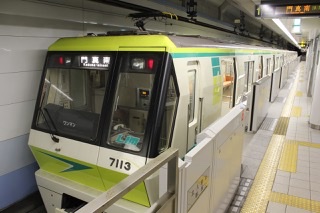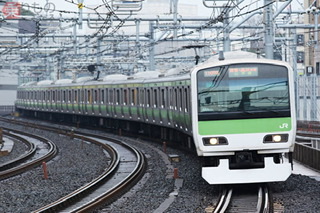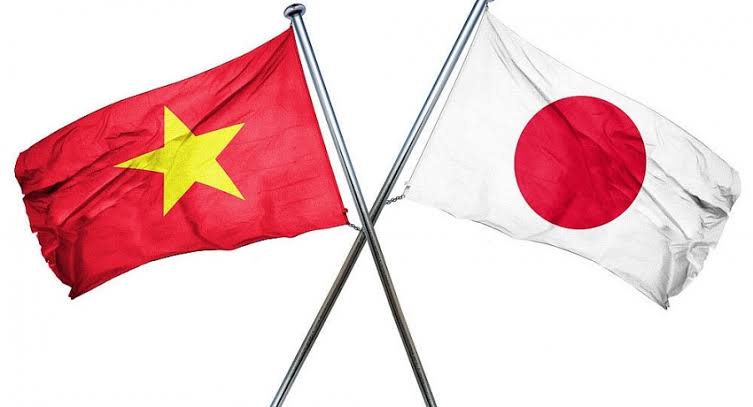What are the main modes of transportation in Japan?
by Konishi Yuna

In Japan, many people use various transportation such as subway, train, or bus for commuting or attending school everyday. There are many kinds of transportation, but these are often used. The biggest feature of these is punctual. In this article, I will show you three major public transport.
Subway

Subway is the most used and punctual train in Japan. Even in Japan with many typhoons, it is not affected by the weather so it is rarely delayed compared to other public transportation. In 1927, the first full-scale subway was built in Japan . The vehicle is an all-steel vehicle called the 1000 type and adopted Japan’s first door engine. The subway doesn’t forget consideration to the environment. Emissions of CO2 are one-eighth of private cars. In addition, subway is excellent in safety because home doors are set up to prevent people from falling accidentally. In 1974, It was installed at Atami station for the first time. At most stations, the number of passengers exceeds 17 million per day. Currently, it is used as a transportation infrastructure that is indispensable for urban activities.
Train

JR is also the most used train in Japan. It is more likely to be delayed than the subway because it runs outside so it is easy to be affected by the weather. It often stops in heavy rain. The official name of “JR” is “Japan National Railways”, and it became “JR” except “National” which means national ownership. Its logo has a simple design, and it is thought that “the rail is connected to one in the whole country”. JR West Japan of Osaka station has an average of over 400,000 people a day, and that station has the most users. Now, it is also used as a transportation infrastructure that is indispensable for urban activities.
Bus

Buses are also often used, though not as much as the above two. Also, they are often delayed as they runs on the road, it may be delayed due to traffic congestion, and may be affected by disasters, bad weather, events, etc. Until now, buses could not use IC cards such as ICOCA, but ICOCA became available at the same time PiTaPa was introduced on February 1, 2006. Thus, they became easier to use. The bus with the most passengers on the Tokyo Metropolitan Bus is used by about 20,000 people per day. These three public transportation systems are often used in Japan.
